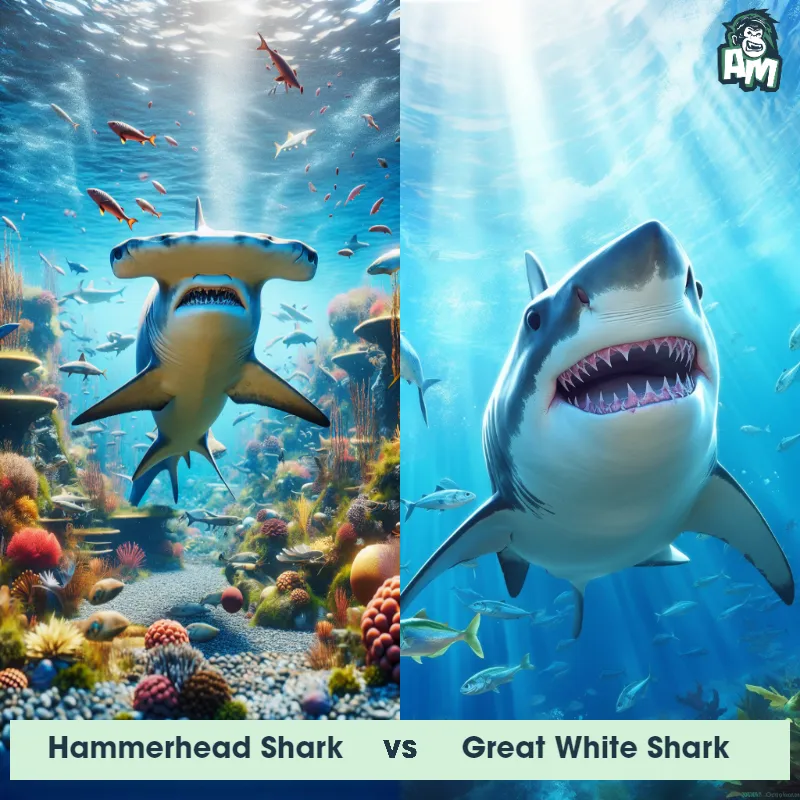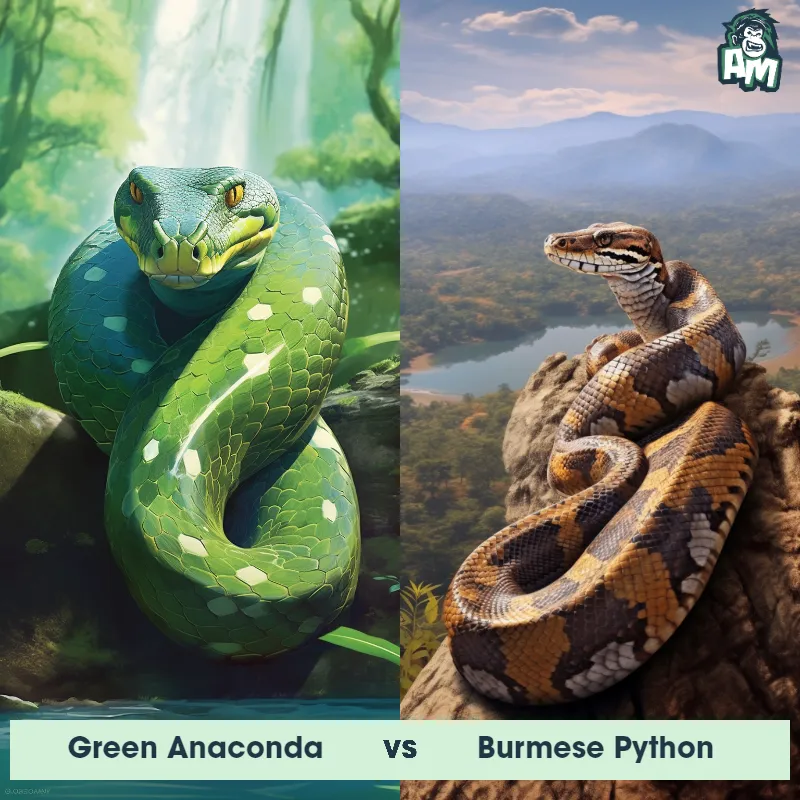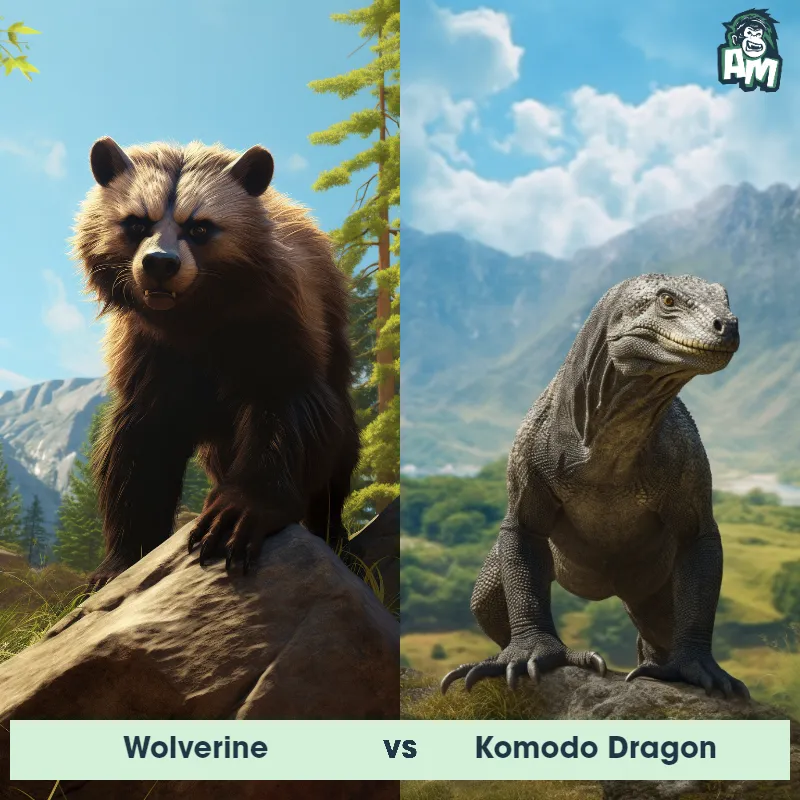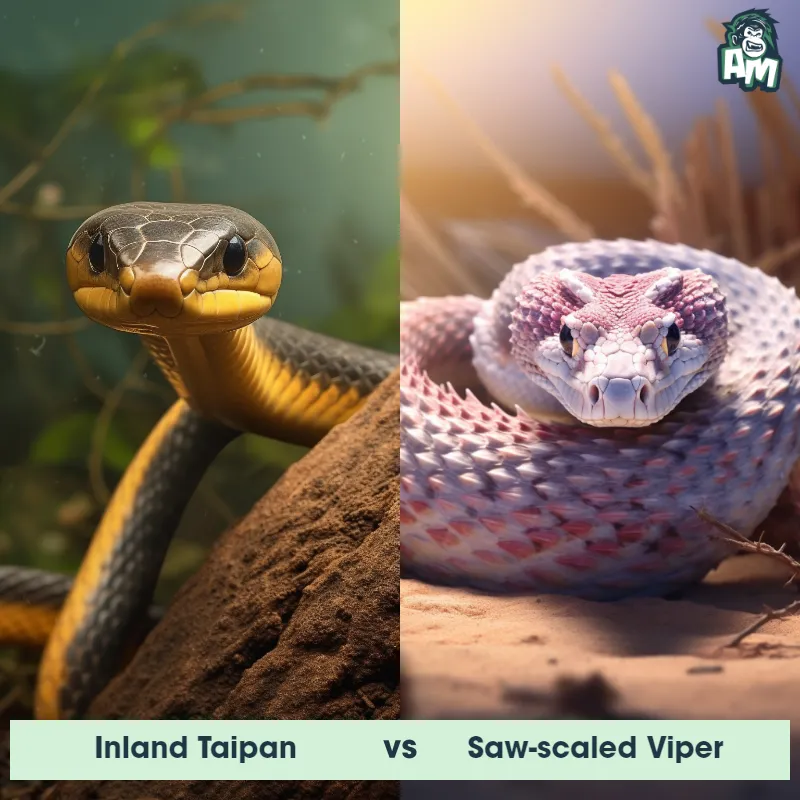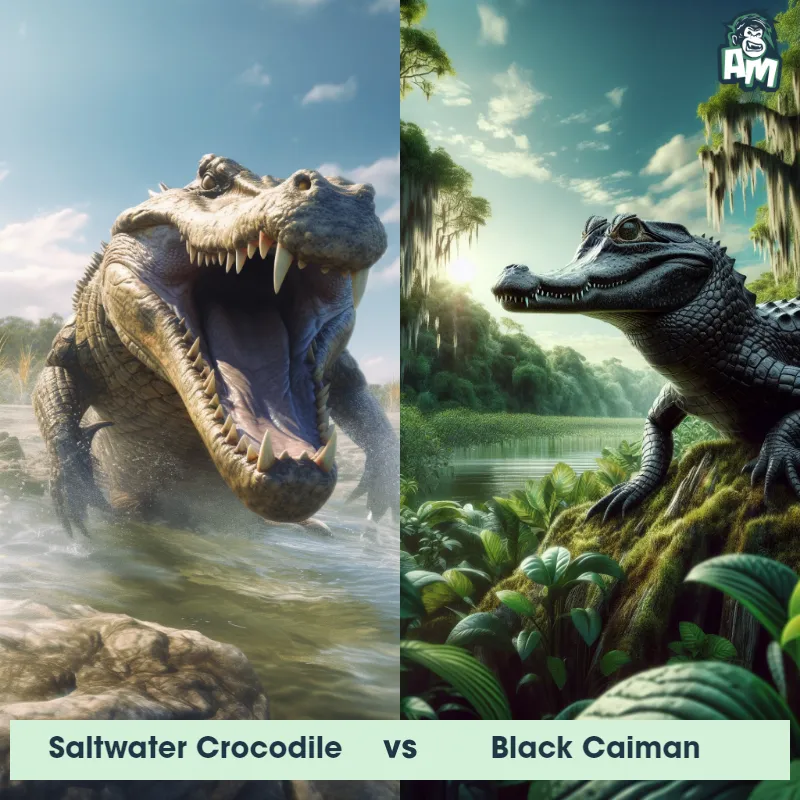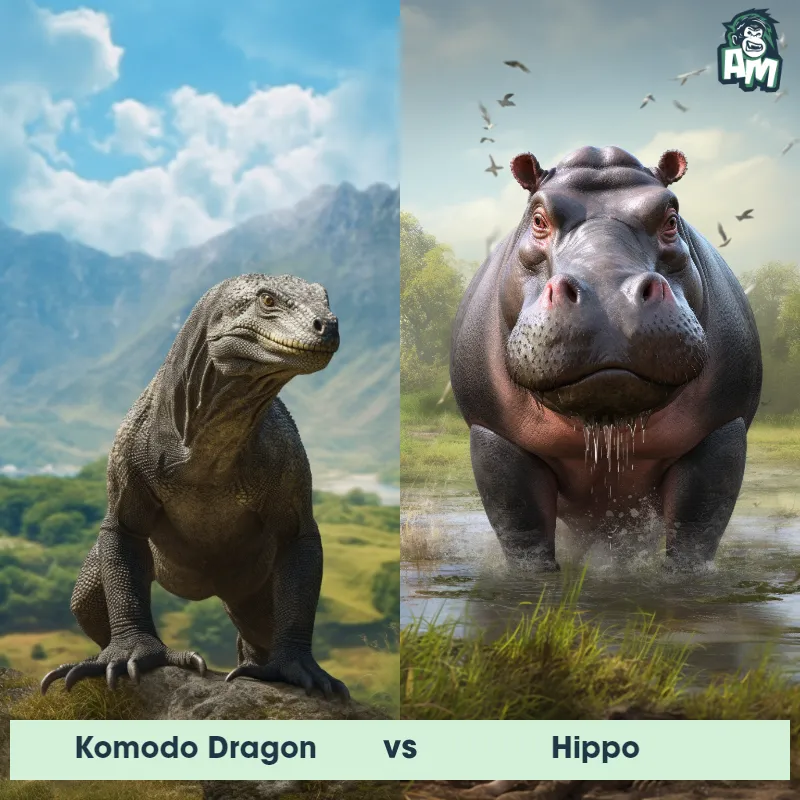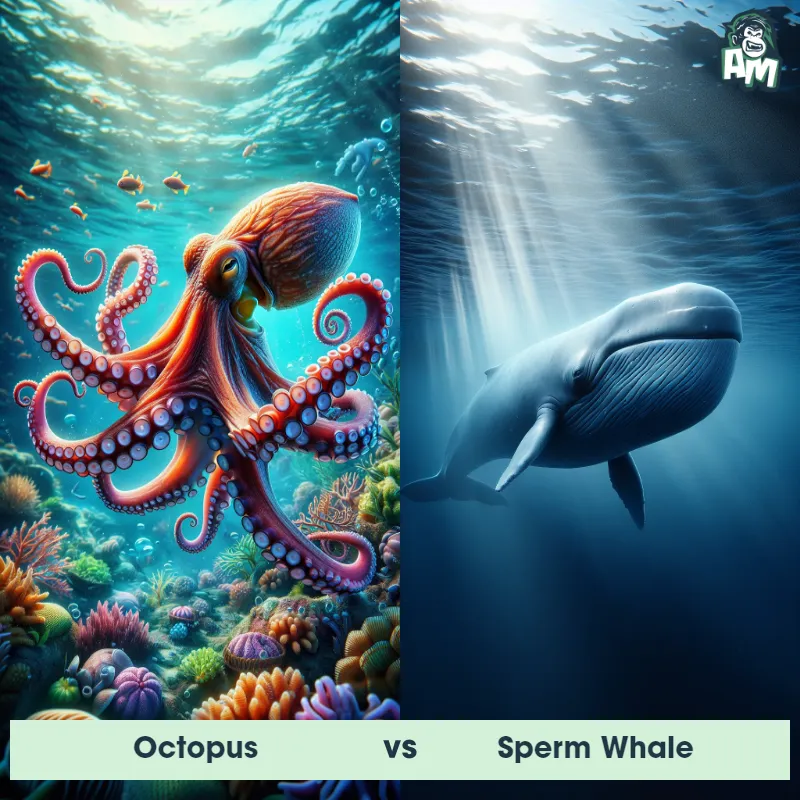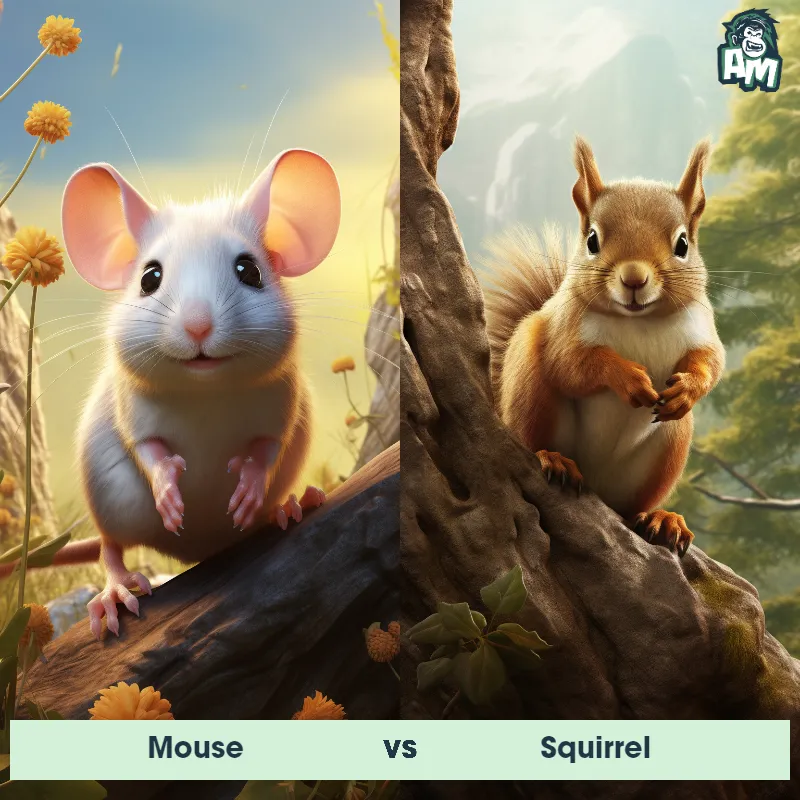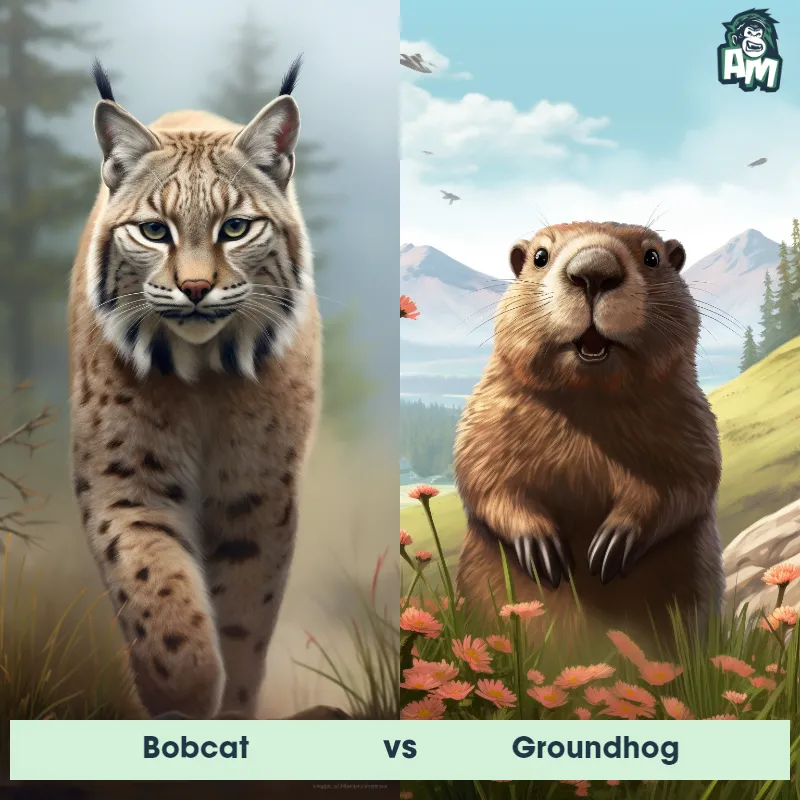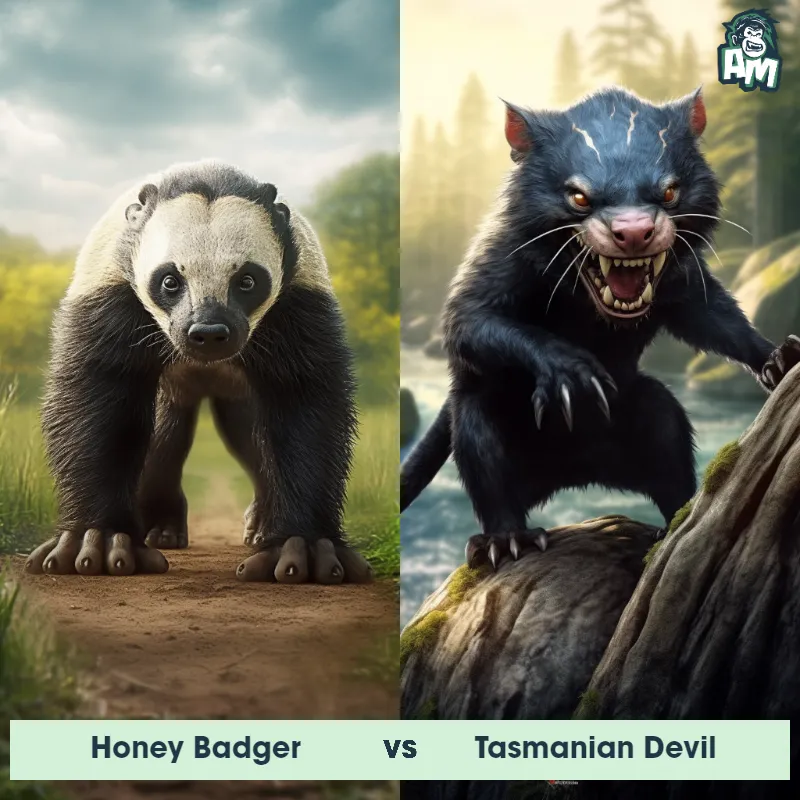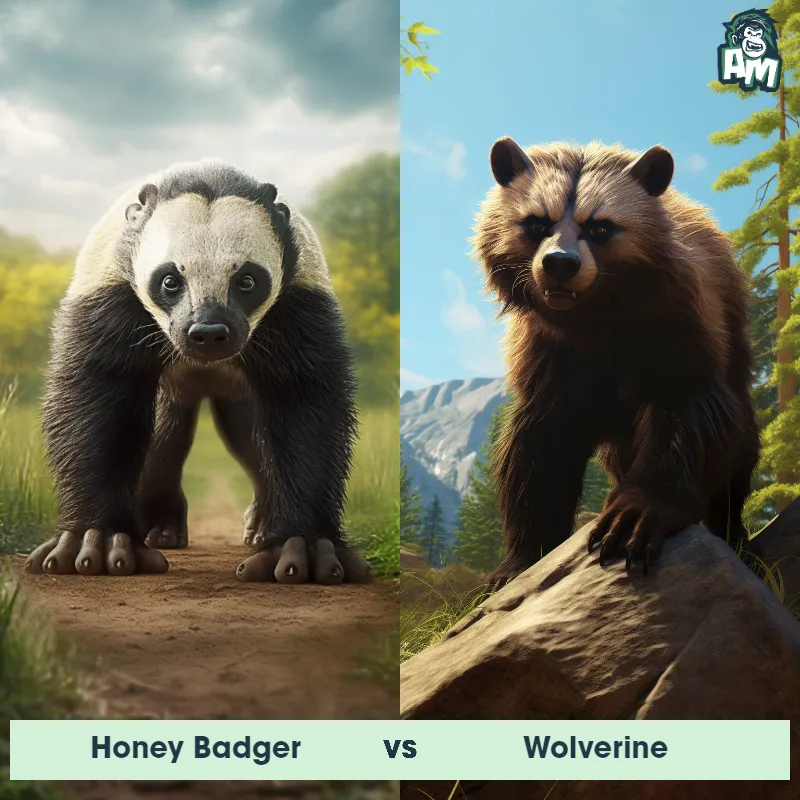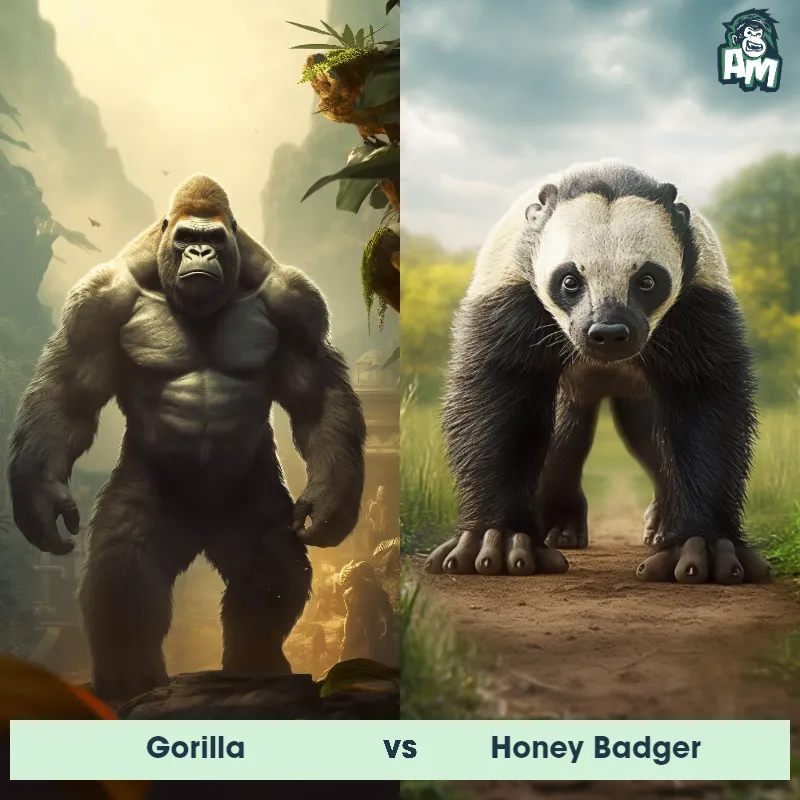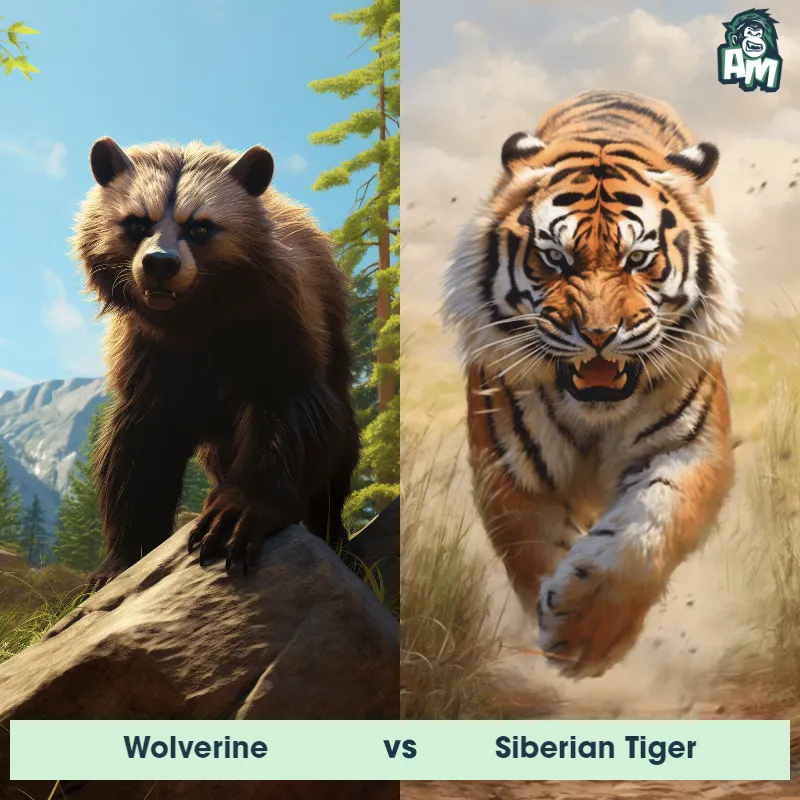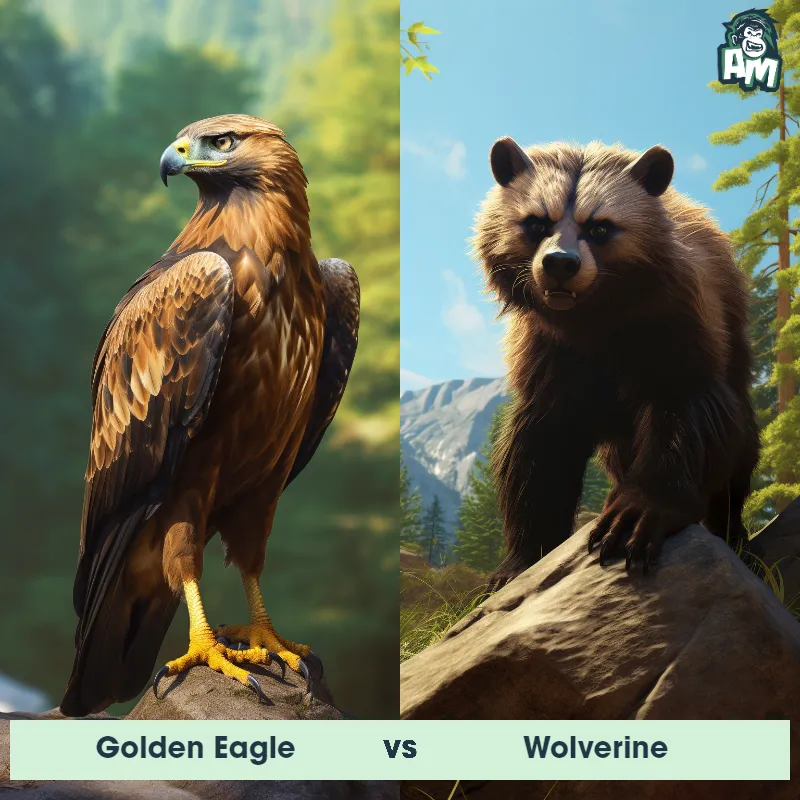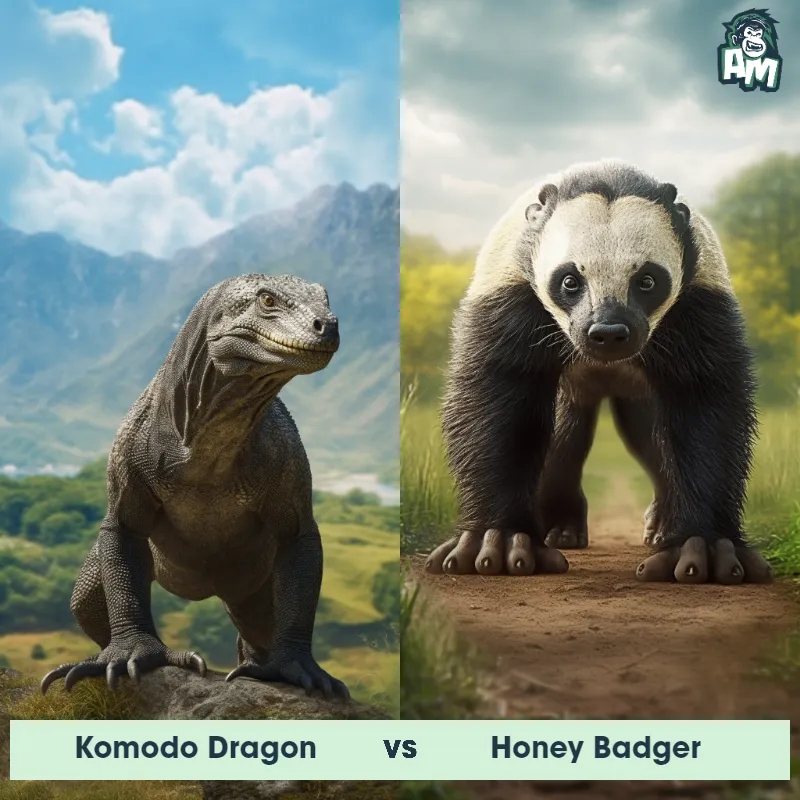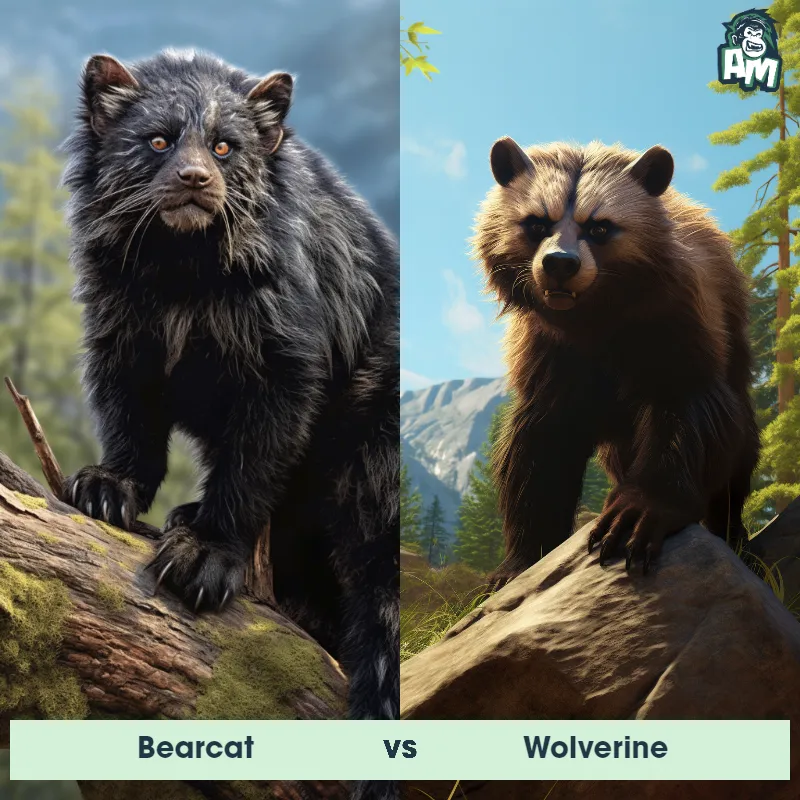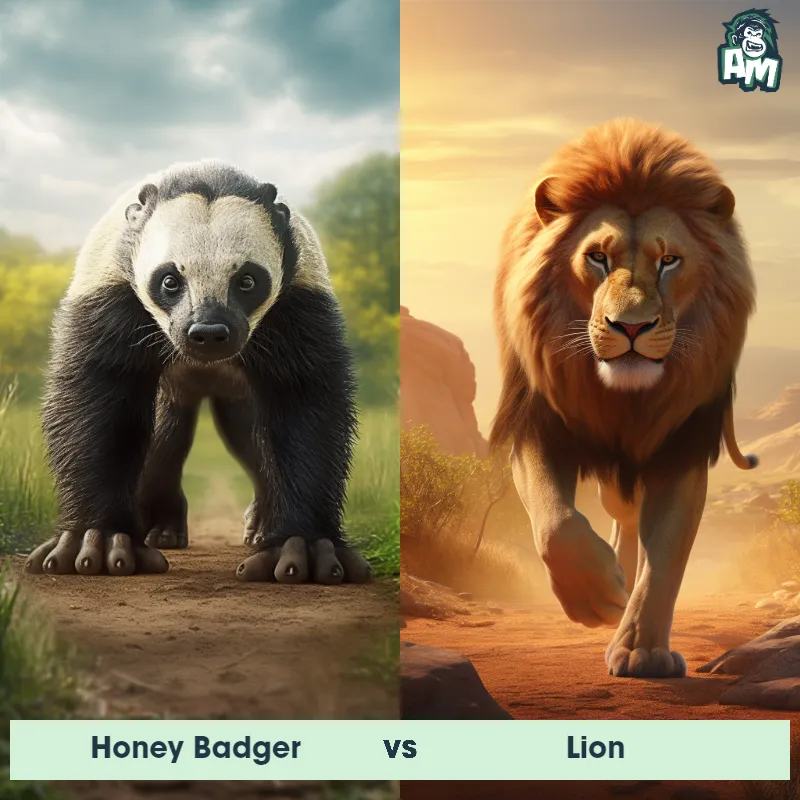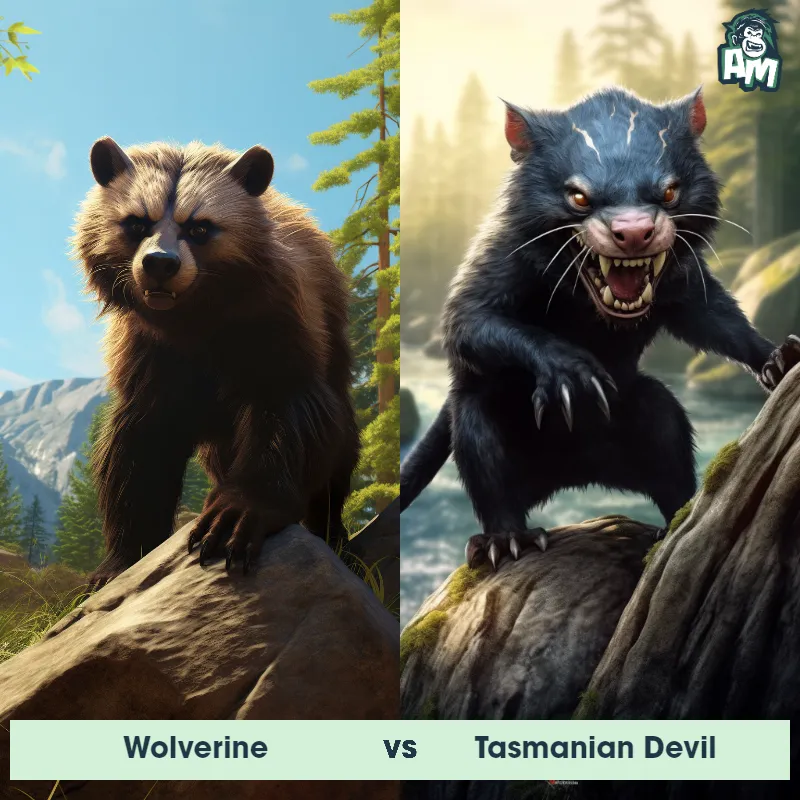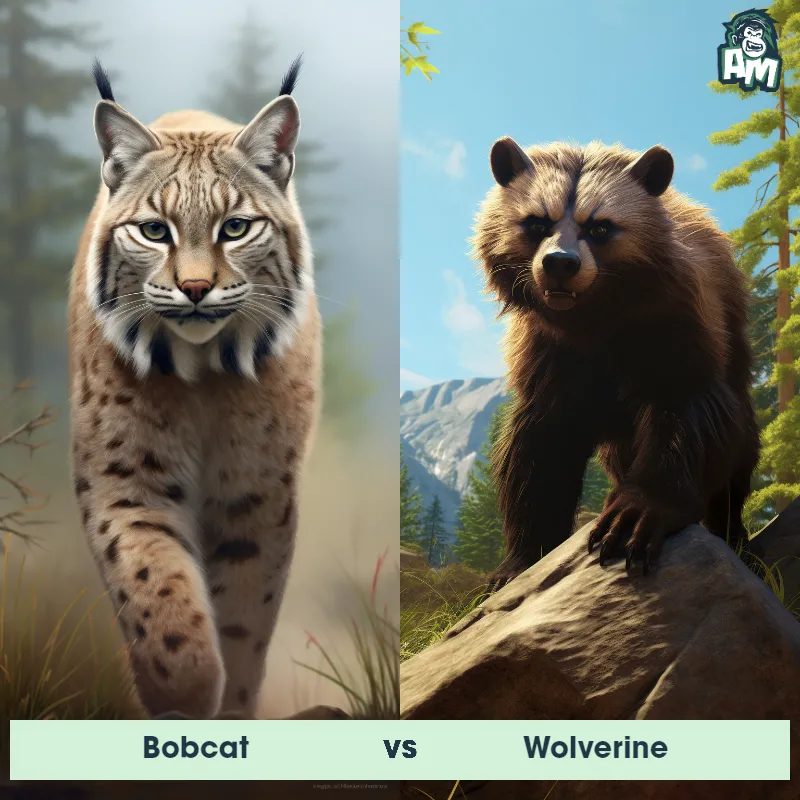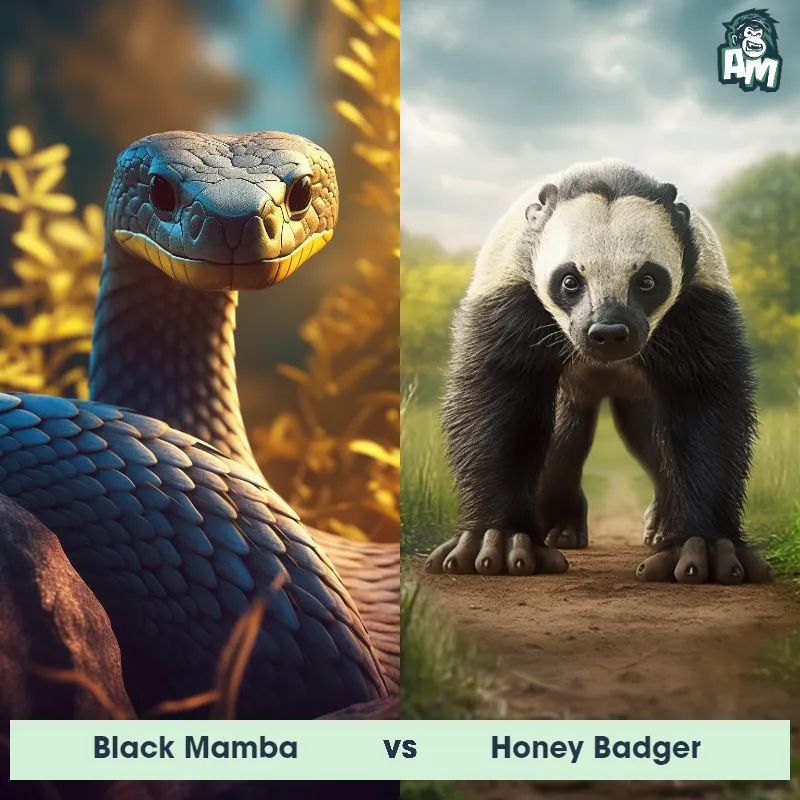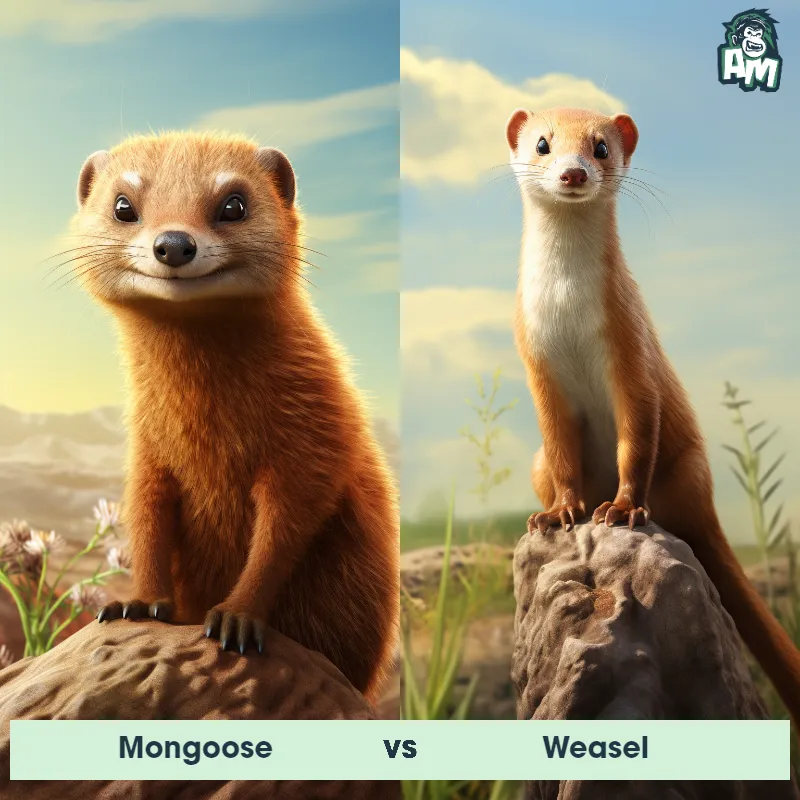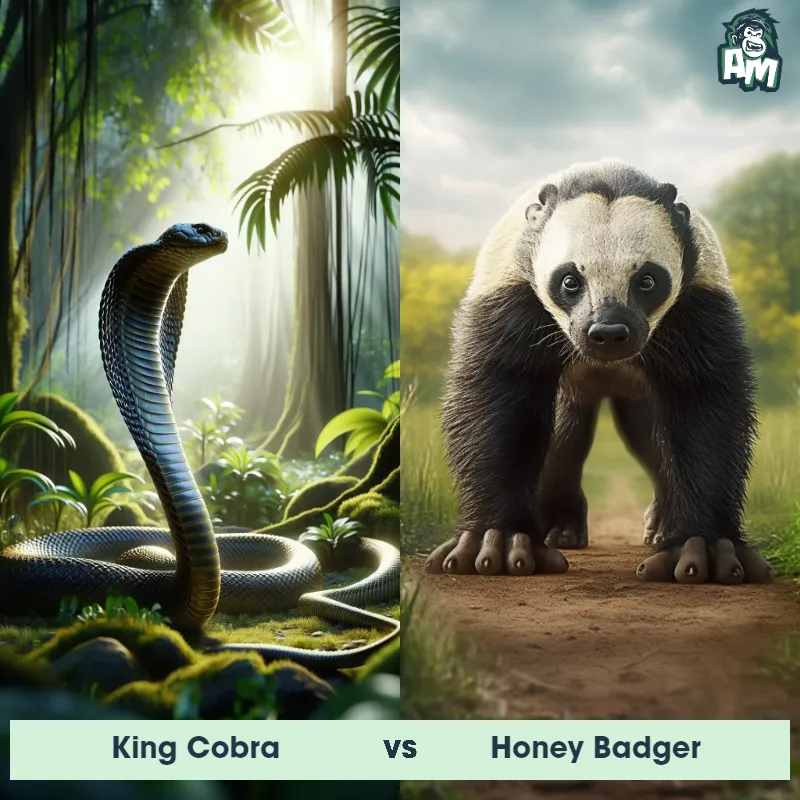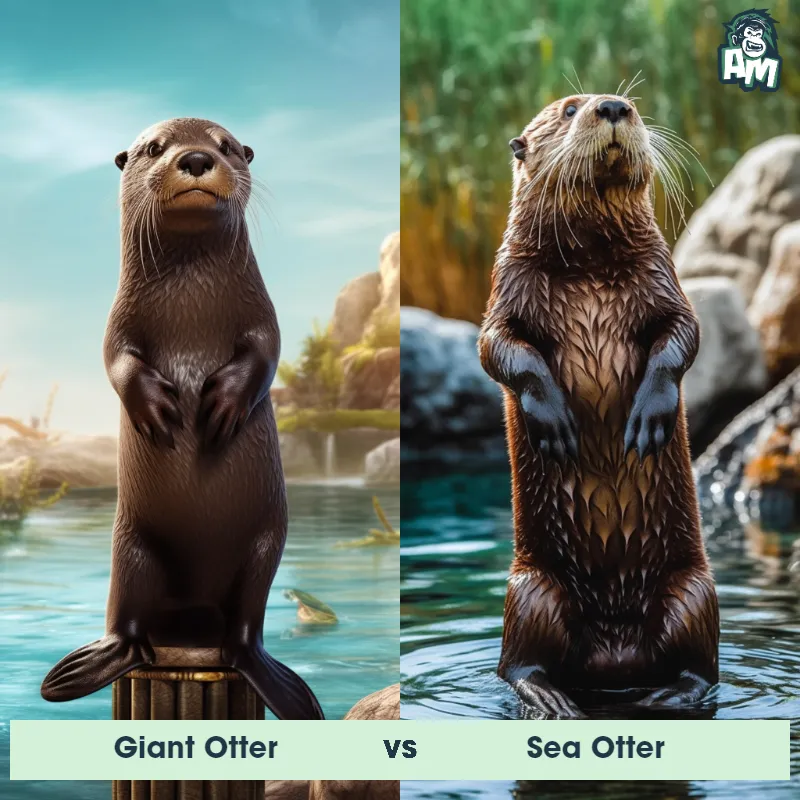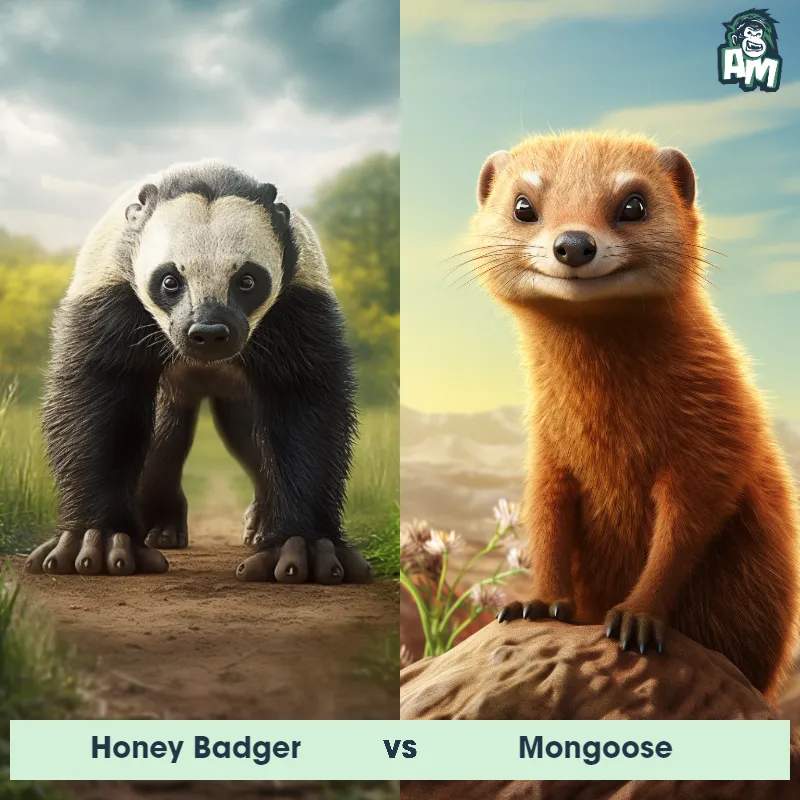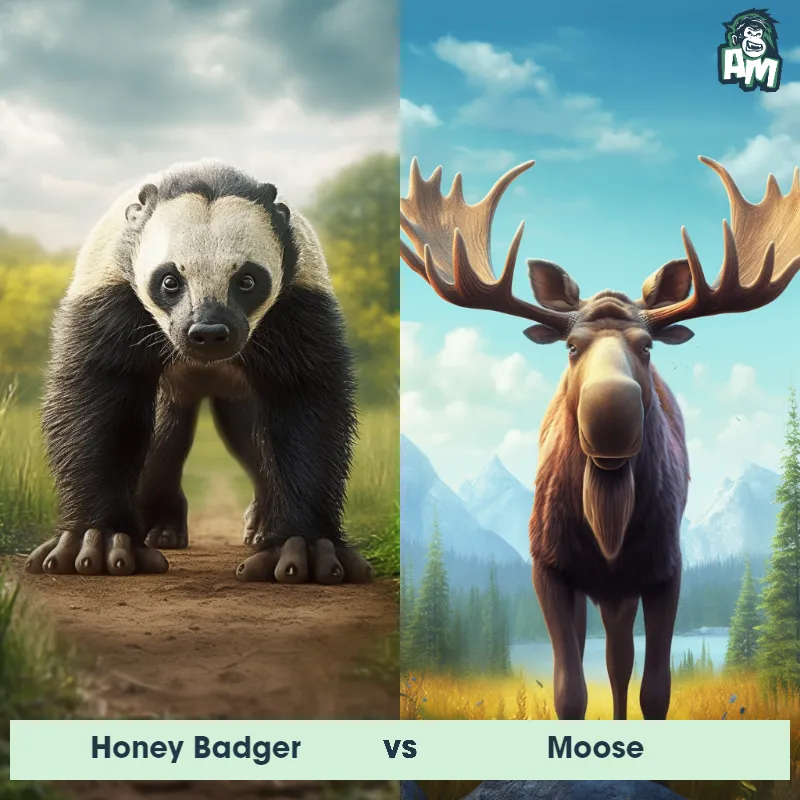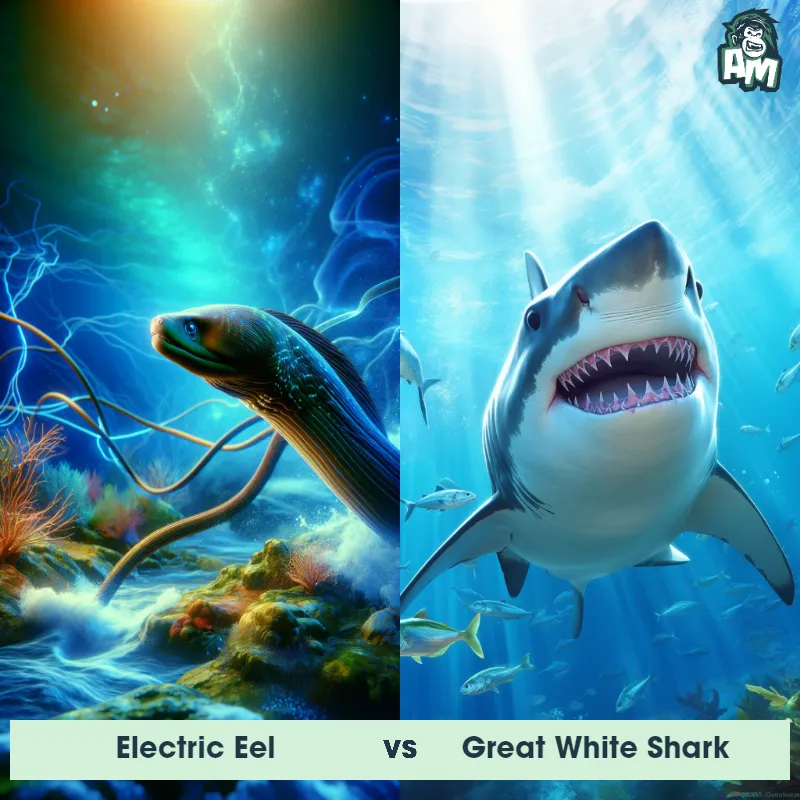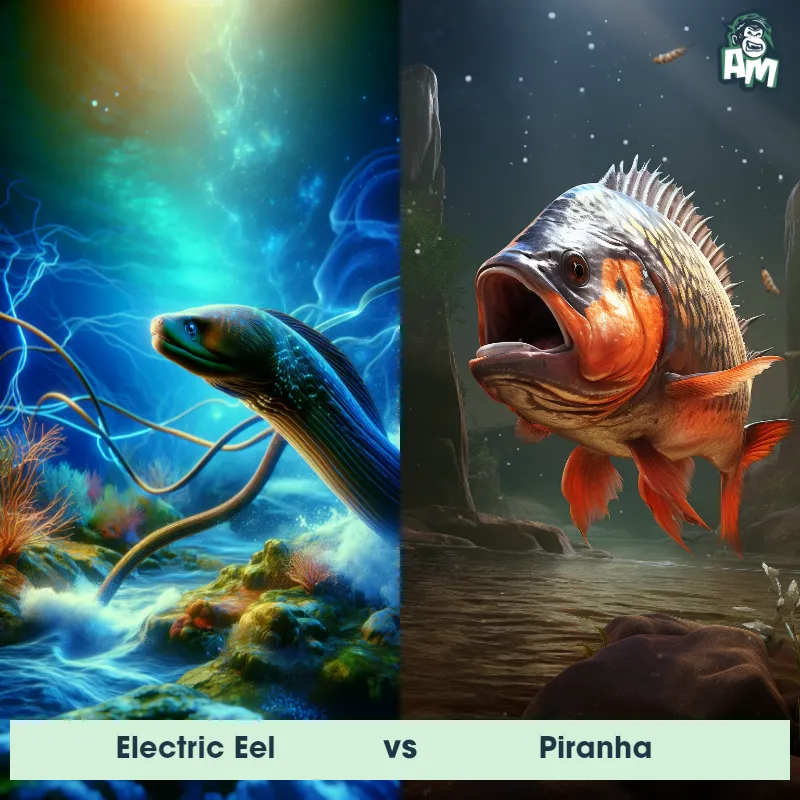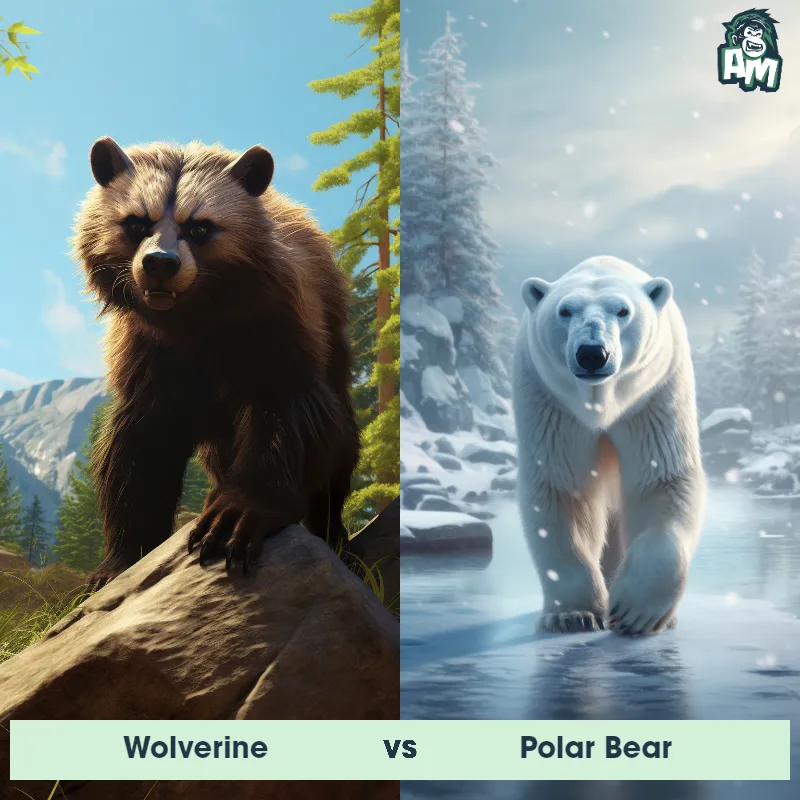Electric Eel vs Giant OtterSee Who Wins

Ladies and gentlemen, welcome to this exciting face-off between two of nature's most fascinating aquatic creatures - the Electric Eel and the Giant Otter! I'll be providing you with the play by play for this thrilling three-round encounter. Let the battle begin!
Contender 1: Electric Eel
The Electric Eel, also known as the Electrophorus electricus, is a freshwater fish found in the Amazon and Orinoco River basins in South America. Despite its name, it is not an eel but rather a type of knifefish. It can grow up to 8 feet long and weigh up to 44 pounds. The Electric Eel has a unique ability to generate electric shocks of up to 600 volts, which it uses for hunting and self-defense.
Fun Fact: The Electric Eel's electric shocks are so powerful that they can stun or kill prey, as well as deter predators such as caimans and humans.
Contender 2: Giant Otter
The Giant Otter, also known as the Giant River Otter or the South American Otter, is the largest of all otter species, measuring up to 6 feet in length and weighing up to 70 pounds. They have sleek, dark brown fur with white or cream-colored markings on their throat and chest. Their webbed feet and powerful tail make them excellent swimmers, and they are known for their ability to catch fish with their sharp teeth and strong jaws.
Fun Fact: Giant Otters have the thickest fur of any mammal in the animal kingdom, with up to 1 million hairs per square inch, which helps them stay warm in the cold waters of their habitat.
Matchup Stats
| Electric Eel | Giant Otter | |
|---|---|---|
| Size | Up to 8 feet (2.4 meters) | Up to 6 feet (1.8 meters) in length |
| Weight | Up to 44 pounds (20 kilograms) | Up to 70 pounds (32 kilograms) |
| Speed | Speed: 0.6 mph (0.97 km/hr) | Speed: 22 mph (35 km/hr) |
| Key Strength | Electric shocks of up to 600 volts | Powerful jaws and sharp teeth |
| Biggest Weakness | Vulnerable to physical attacks | Vulnerable to attacks on land |
Current Votes
Electric Eel vs Giant Otter
See Who Wins
View More Matches
Looking For More?
Similar Matches
Scientific Stats
| Electric Eel | Giant Otter | |
|---|---|---|
| Scientific Name | Electrophorus electricus | Pteronura brasiliensis |
| Family | Electrophoridae | Mustelidae |
| Habitat | Freshwater | Freshwater rivers, lakes, and swamps |
| Geography | Amazon and Orinoco River basins in South America | South America, specifically the Amazon, Orinoco, and La Plata river systems |
| Diet | Fish, amphibians, and small mammals | Fish, crustaceans, and small mammals |
| Lifespan | 15 years - 22 years | 8 years - 10 years |
Key Differences between Electric Eel and Giant Otter
- Appendages: The Giant Otter has four legs with webbed feet for swimming, while the Electric Eel has no visible appendages.
- Size: The Giant Otter is much larger than the Electric Eel, with an average length of 5-6 feet compared to the Electric Eel's average length of 3-4 feet.
- Head shape: The Giant Otter has a broad, flat head with small ears and a short snout, while the Electric Eel has a long, narrow head with large eyes and a pointed snout.
- Habitat: The Giant Otter is found in freshwater rivers and lakes in South America, while the Electric Eel is found in the Amazon and Orinoco river basins.
- Body shape: The Giant Otter has a streamlined body shape with a long, flat tail, while the Electric Eel has a more cylindrical body shape with no visible tail.
- Skin texture: The Giant Otter has thick, waterproof fur that is brown in color, while the Electric Eel has smooth, scaleless skin that is dark gray or brown in color.



